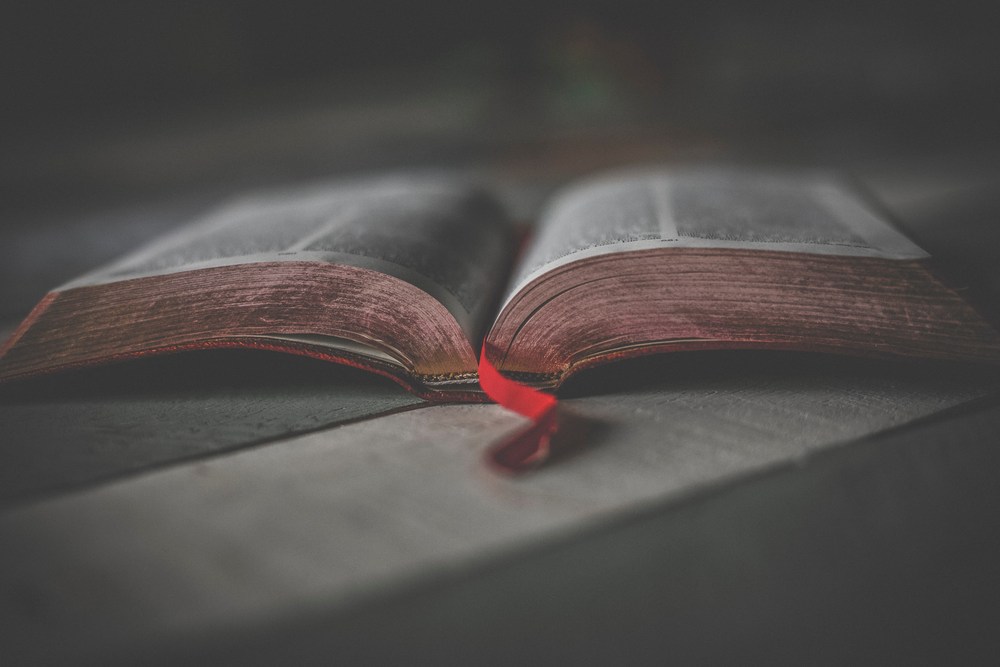
(For a full account of the events of this day, see Matthew 26:17–75, Mark 14:12–72, Luke 22:7–71, John 13:1–18:27.)
The Thursday prior to Jesus’s crucifixion fills many pages in Scripture. It begins with John and Peter securing the upper room. There, Jesus washes his disciples’ feet, explaining he is there to make them clean.
As they begin to eat, Jesus announces one of them is about to betray him. Each wonders if he means them. Then he dispatches Judas to do what he intends.
During this last supper, Jesus sets apart the Passover bread and cup and reassigns—or better, perfects—their meaning. The bread is his body. The cup, his blood. This meal will no longer remind them of God’s deliverance primarily from the external tyranny of Pharaoh, but from the internal tyranny of their own guilt and sin against God.
Jesus prays for his friends and those who will come to know him through them—that his Father would make them one (John 17). Then Jesus and his friends leave for the Mount of Olives to pray (Mark 14:33). But he isn’t there only to pray. He is also there to wait. Soon a line of torches snake their way toward him in the darkness. This is what he has been waiting for.
